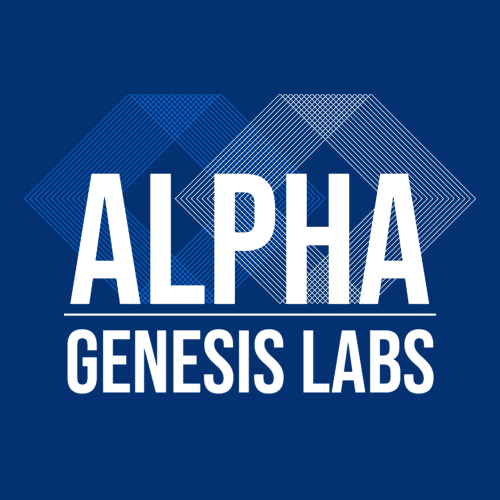Google Cloud Containers and Kubernetes Engine
What are containers?
Containers are packages of software that contain all of the necessary elements to run in any environment. In this way, containers virtualize the operating system and run anywhere, from a private data center to the public cloud or even on a developer’s personal laptop. Containerization allows our development teams to move fast, deploy software efficiently, and operate at an unprecedented scale.Containers make it easy to share CPU, memory, storage, and network resources at the operating systems level and offer a logical packaging mechanism in which applications can be abstracted from the environment in which they actually run.
Containers are a hybrid of PaaS and IaaS, it gives independent scalability of workloads in PaaS and an abstraction layer of the OS and hardware in IaaS.
Simply out Containers are lightweight packages of your application code together with dependencies such as specific versions of programming language runtimes and libraries required to run your software services.
What are the benefits of containers?
- Containerization creates a clear separation of responsibilities, allowing developers to concentrate on application logic and dependencies while IT operations teams may concentrate on deployment and management rather than application minutiae like software versions and configurations.
- Containers may run on Linux, Windows, and Mac operating systems, on virtual machines or physical servers, on a developer’s machine or in on-premises data centres, and, of course, in the public cloud, substantially simplifying development and deployment.
- Containers virtualize the operating system’s CPU, memory, storage, and network resources, giving developers a view of the OS that is logically isolated from other applications.
To manage , deploy , scale containers Google Offers a service called Kubernetes Engine.
What is Google Kubernetes Engine?
Google Kubernetes Engine (GKE) provides a managed environment for deploying, managing, and scaling your containerized applications using Google infrastructure.
The said environment consists of multiple VMs (Virtual Machines) which are grouped together to form clusters.
Kubernetes clusters allow containers to run across multiple machines and environments: virtual, physical, cloud-based, and on-premises.
Kubernetes clusters are comprised of one master node and a number of worker nodes. These nodes can either be physical computers or virtual machines, depending on the cluster.
The master node controls the state of the cluster; for example, which applications are running and their corresponding container images. The master node is the origin for all task assignments. The Master Node processes Scheduling and Scaling of applications, Maintaining of a cluster’s state and Implementing updates.
The worker nodes are the components that run these applications. Worker nodes perform tasks assigned by the master node. They can either be virtual machines or physical computers, all operating as part of one system.There must be a minimum of one master node and one worker node for a Kubernetes cluster to be operational.
Haulal Guite
Cloud Engineer Trainee Recent graduate. Studied history and philosophy, now going to the Cloud!




